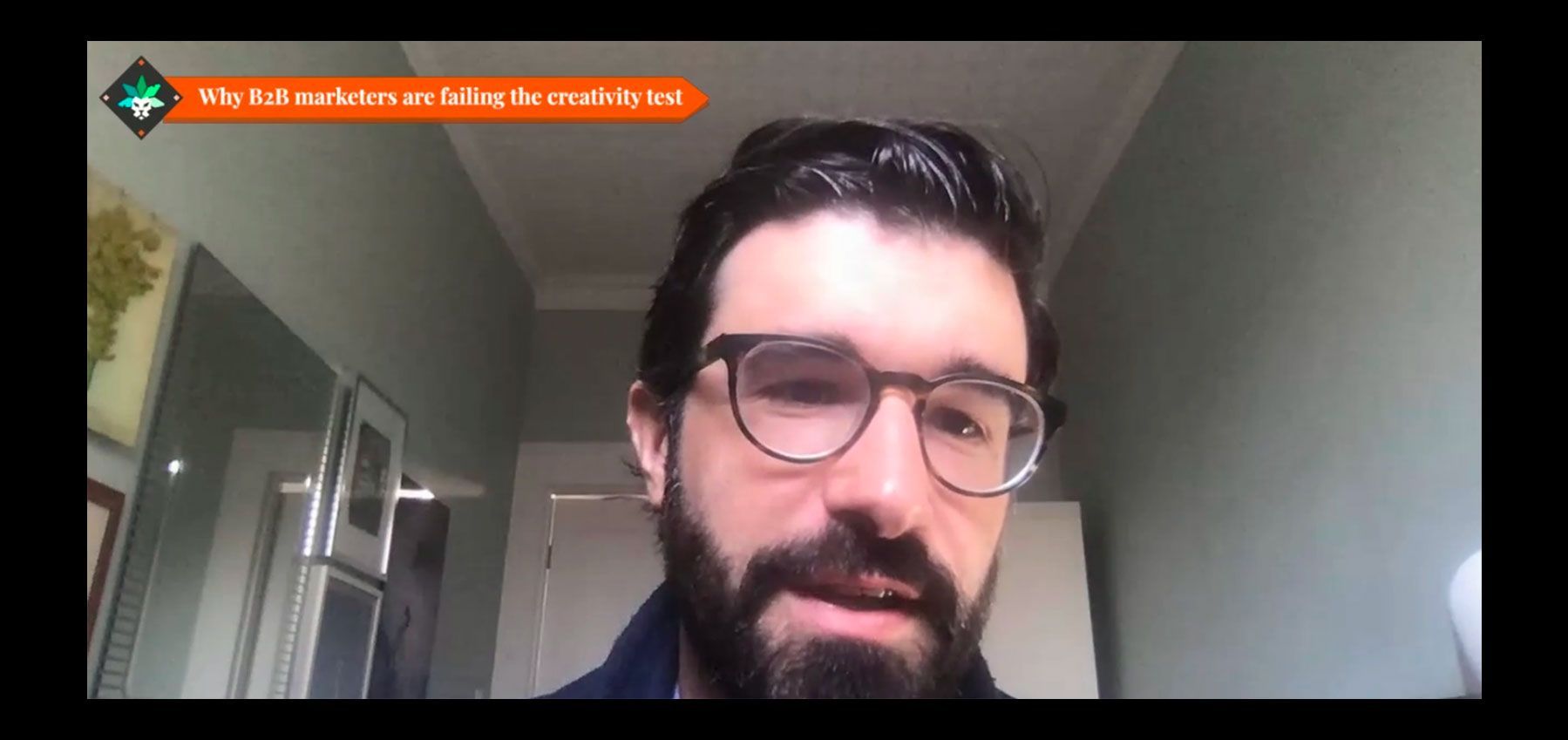Where has all the creativity in B2B gone?
Why is B2B marketing so flat and lacking in creativity? That was the question we asked Jon Lombardo, Global Lead at the LinkedIn B2B Institute. We chatted about how to resuscitate B2B marketing, how to put creativity back into the heart of content, which brands are succeeding and why it's so important not to fear failure.
All the creativity has gone from B2B advertising. Content is flat, easily forgettable and frankly boring. This is the pull-no-punches view of Jon Lombardo, Global Lead at the LinkedIn B2B Institute. The institute's recently released report "Cashing in on Creativity" backs up his assessment: 75% of adverts get a one-star out of five rating in the Ads Rating Database.
"Most creative in B2B isn't mediocre, it's downright bad," insists Jon. In his opinion, there is a glaring contrast between today's content and that of the past. "People used to think the advertisements were as good as TV programmes," he continues. "The ads used to be very creative and very fun and engaging and worth watching. [They] have lost a bit of that creativity and have become too serious, a bit too sales-orientated."
Although the "creativity crisis" exists in both B2B and B2C sectors it is much more pronounced when it comes to the business-to-business domain. Instead of lamenting the situation, B2B brands need to grab the bull by the horns and see it as an opportunity to stand out from the crowd.
To do this they need to put creativity back at the heart of their productions. A good ad, one which stirs emotions and that is supported by well-defined characters, leaves its mark in the minds of potential clients not only in the short term but in the long term too.
Highly creative content is 10 to 20 times more effective in increasing sales than mediocre content.
But why is content so poor in the first place? Is it due to the fear of bad publicity?
Companies want to limit risks so they copy each other. "Nobody got fired for buying IBM," goes the old adage. "If you copy the most reliable solution that exists, you're saying to yourself that the people behind it must be very intelligent, and you therefore think your own position is safe," Jon explains."Like I said, 77% of ads are bad in B2B but nobody is getting fired, so, I don't see what the risk actually is in the end," he concludes. It is time for B2B advertisers to take the plunge. In other words, it's time for them to opt for creativity and not hold back.
Jon finishes with a plea to B2B advertisers: "You have to embrace failure, and recognise that there is no reward without risk."






Suivez-nous
|